Funny Draw for 4 Year Old Boy
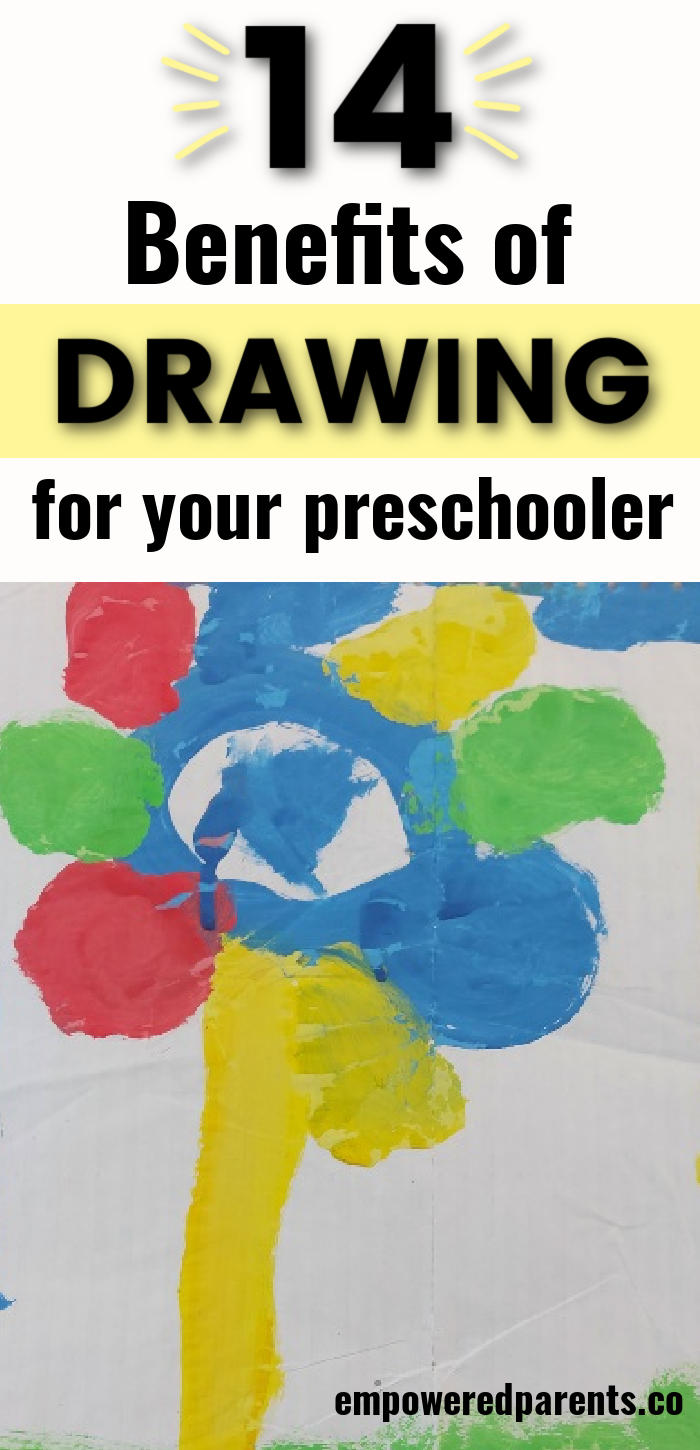
Drawing is a process that all children naturally engage in, from the time they first discover they can hold a crayon.
In general, your child's progress portrays a strong connection between drawing and child development.
Kids acquire drawing skills at various ages, but they display many of the same group traits as they progress through the stages of drawing development from toddlerhood to preschool.
Here is a brief look at drawing for toddlers and preschoolers, followed by 14 benefits of drawing for children.
Benefits of Drawing for Toddlers
Exploring with writing instruments at an early age offers much more than just the fun of discovery, as there exist many drawing benefits for toddlers.
Following your example, toddlers are sometimes surprised that the crayons gripped in their chubby fists actually make scribbles on the sheets of paper set before them, and they soon learn the cause and effect of their drawing efforts.
Eventually, those scribbles become more controlled, as children form lines, loops, and somewhat wobbly circles, which later develop into writing skills.

Benefits of Drawing for Preschoolers
Children of preschool age learn to draw various shapes, even combining those to form representations of people, letter-like shapes, and other basic images.
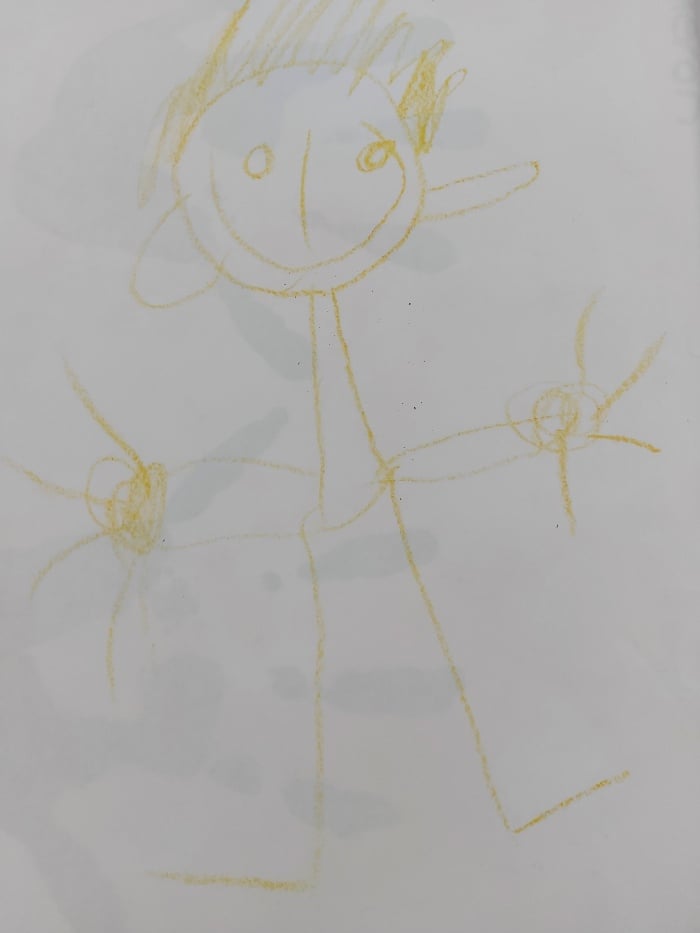
Wide experience in drawing is an essential prerequisite for learning to write, so the importance of drawing in education cannot be overstated.
Various benefits include the following skills:
- Eye-hand coordination
- Self-confidence
- Fine and gross muscle development
- Problem solving
- Observation
[source]
Read all about how children learn to draw a person.
14 Benefits of Drawing in Early Childhood
What are the benefits of drawing in the early years?
Below, the many advantages of drawing and painting for children are explored. Although these appear in a numbered list, this does not indicate an order of importance.
All of these aspects are intertwined, as kids gain vital skills through practice with tools such as crayons, pencils, markers, and paintbrushes.
1. Motor Skills
While drawing, children strengthen the small muscles in their hands and fingers. In addition, they also exercise the large muscles in their arms and shoulders.
These motor skills are essential for later learning to write.
2. Creativity
With various drawing/painting tools and papers or other surfaces available, preschoolers can creatively explore the process of art without concerns over a specific product as a result of their efforts.
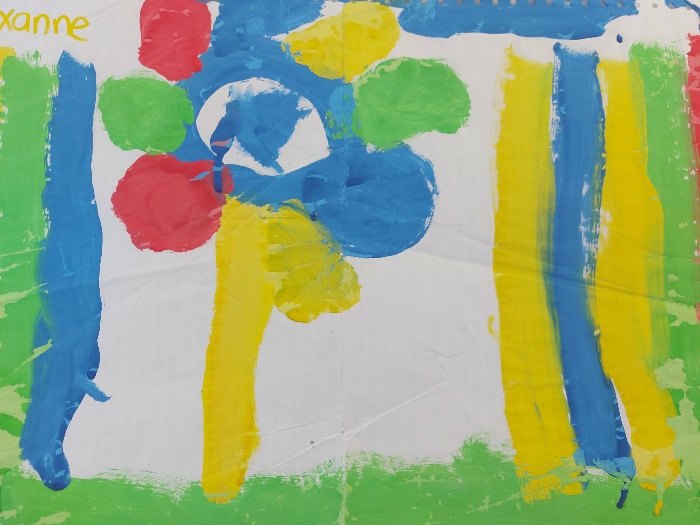
This allows them to freely try different strategies without worrying about any prescribed "rules."
Here are some art activities that focus on the process, not the product.
3. Cognitive Development
What do children's drawings tell us?
During early childhood, kids' brains are quickly forming neural connectors. When they draw and paint, they are using many of their senses, which helps to "wire" the brain for deep thinking, such as pattern recognition, symbolism, and mental representation.
Children's drawings are clues that show us their levels of intellectual development. [source]
4. Planning Skills
Once they are past the scribbling stage, children begin to plan what they intend to draw on the paper, where each figure or shape should be placed, and how to leave room for the next object they expect to draw.
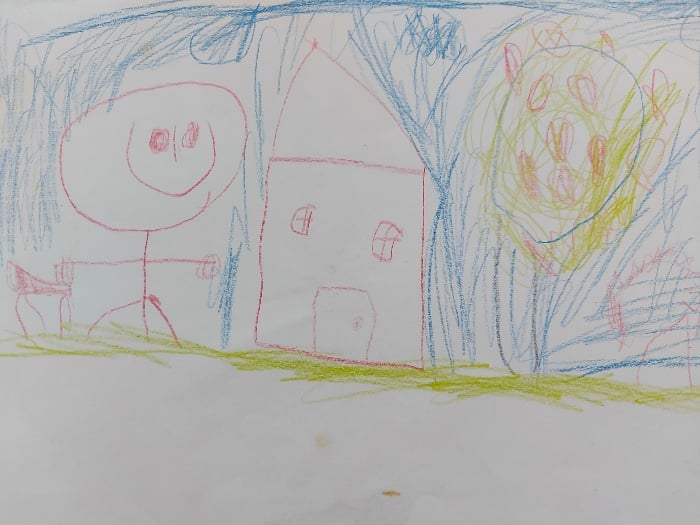
Planning also relates to various life skills that children need as they evolve and mature.
5. Eye-Hand Coordination
Drawing gives your child practice in using the eyes to accurately guide the movements of the hands.
This eye-hand coordination is a benefit in sports, handwriting, reading, and other life skills, such as buttoning buttons and tying shoes.
6. Visual Perception
Visual perception includes matching similar objects, remembering visual things, noticing that objects are the same thing even if the sizes or colours are different, and finding hidden objects in pictures.
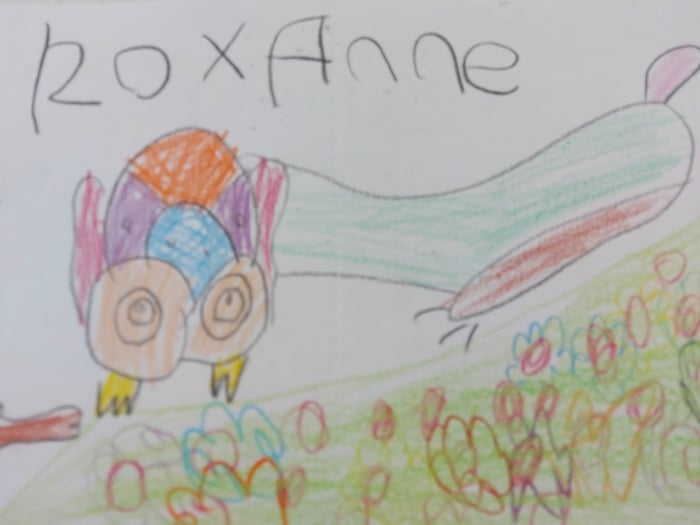
Drawing affords practice in all these aspects and helps children later on in copying shapes, handwriting, and organization of mathematical problems. [source]
7. Attention Span
Kids are apt to pay closer attention and for longer periods of time when they are interested in an activity.
Having the freedom to choose exactly what they want to draw is of high interest for many, especially if the work area is free of other distractions, like television or various electronic gadgets.
Read more about how to develop your child's attention span.
8. Healthy Emotional Release and Expression
The act of drawing for children can benefit their emotions and moods in several different ways.
They might draw a scenario of a problem in their lives, such as the adults in their life arguing, for example. Or they might just fill the page with a gloomy thundercloud.
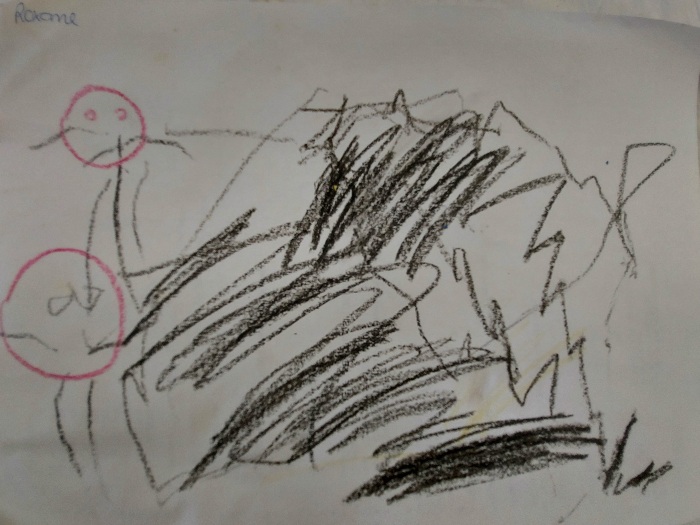
9. Language
This can help them express their feelings about what has been going on in their lives.
On the other hand, they might draw a magical kingdom where everyone wears a smile and the sun shines brightly, which can serve as positive escapism. [source]
How does drawing help a child's development of language?
Through their drawings, children have occasions to experience word/image connections, typically pointing to and naming objects they have drawn.
They often talk with adults or peers about what they plan to draw, think words in their minds while they are drawing, and then talk about the images once they are completed.
It is also a good idea to ask your child about their picture and label the objects as they are pointed out to you. [source]
10. Imagination
Without limitations, kids access their vivid imaginations while drawing. Talk with them about their pictures, and they often want to tell you the "story" behind the drawing.
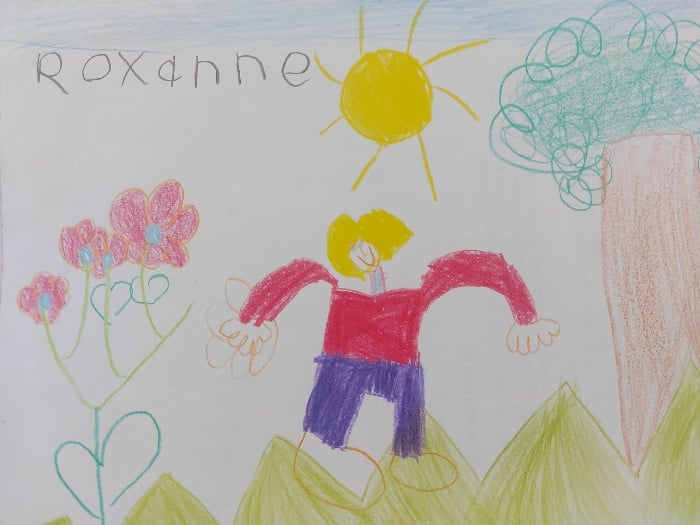
Unleashing imaginations in this way can be a benefit later on for creative writing, science, technology, engineering, and even maths.
11. Problem Solving
Through drawing, children can work through the emotional problems of daily living and also practise how to manipulate objects on the page.
Feeling more in control of emotional issues is an important benefit at all stages of drawing.
As they mature, manipulating images on paper is an asset to children in mathematical thinking and other types of problem solving. [source]
12. Pre-Writing Skills
Using tools to draw offers a wide range of experiences to strengthen skills that are important before young children can learn to write:
- Finger, hand, arm, and shoulder strength
- Hand dominance
- Pencil grasp
- Interpreting and making sense of images
- Manipulation of objects
- Eye-hand coordination
- Crossing the imaginary midline
- Using both hands together (bilateral coordination)
[source]
13. Pre-Maths Skills
Drawing can offer a foundation for math skills by building concepts such as proportionality and symmetry, along with influencing general cognitive skills.
Sketching human figures, for example, causes children to focus on the number of body features and exactly how they are organized. [source]
14. Memory
When they draw, kids stretch and exercise their memories in a few different ways.
Sketching something new they observe in the room, for example, can actually help them remember it and any conversation that occurred around the object.
They also reach into their memories to think about images or events seen or experienced in the past that they could represent through their art. [source]
As you can see, the importance of drawing in early childhood is immense and wide-ranging.
Through drawing, kids can tell stories, gain emotional health, and learn a multitude of skills that serve them well for the rest of their lives!
Get instant access to FREE educational printables here. You'll receive puzzles, sequencing cards, 'find my mom' cards, memory games, lotto games and a pack of short stories.
Would you like a year of done-for-you, ten-minute activities to teach your 3-5-year-old through play? Get your copy of the Learning Through Play Activity Pack for only $27.
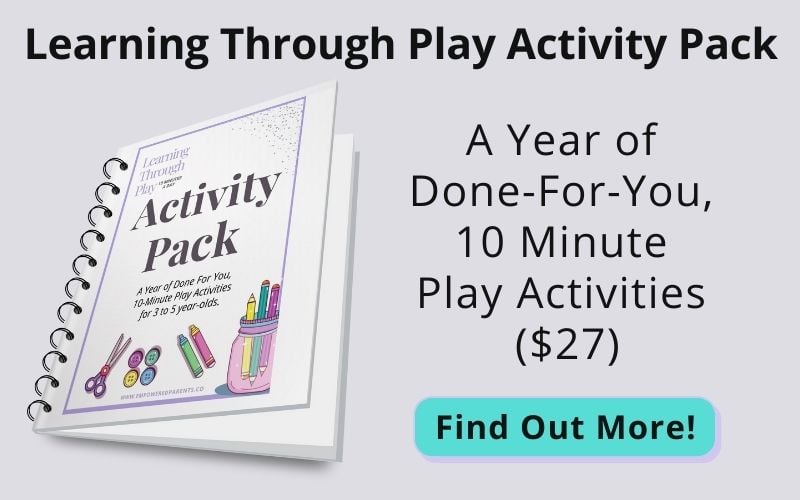
Source: https://empoweredparents.co/benefits-of-drawing/
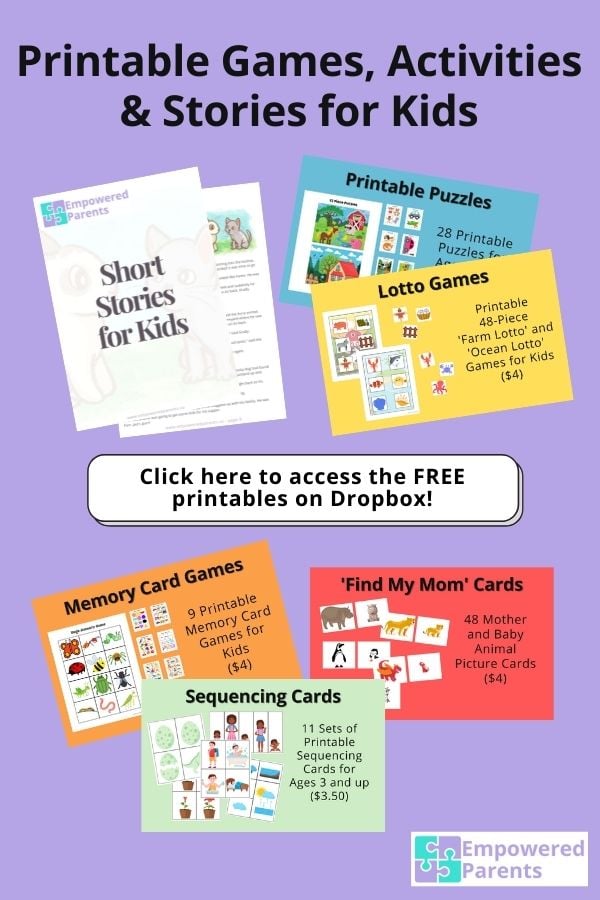
0 Response to "Funny Draw for 4 Year Old Boy"
Postar um comentário